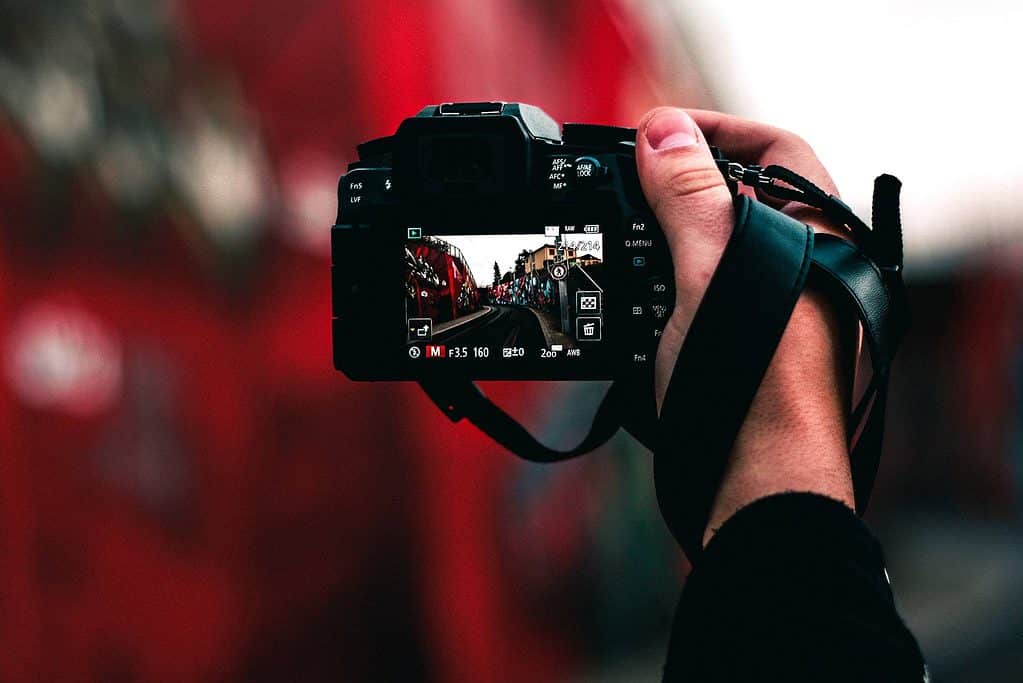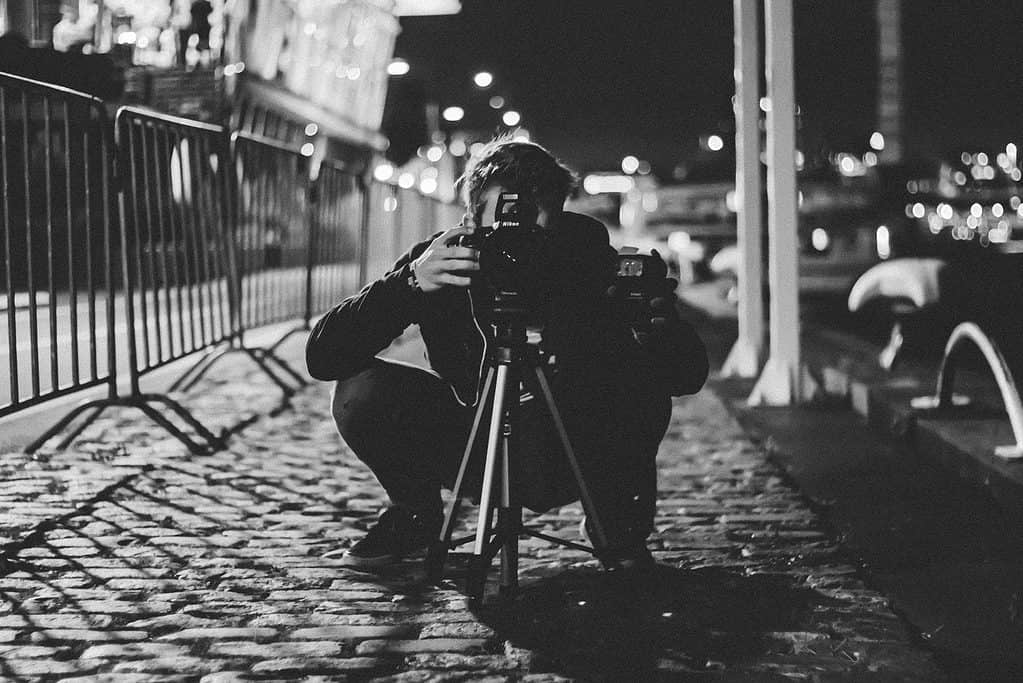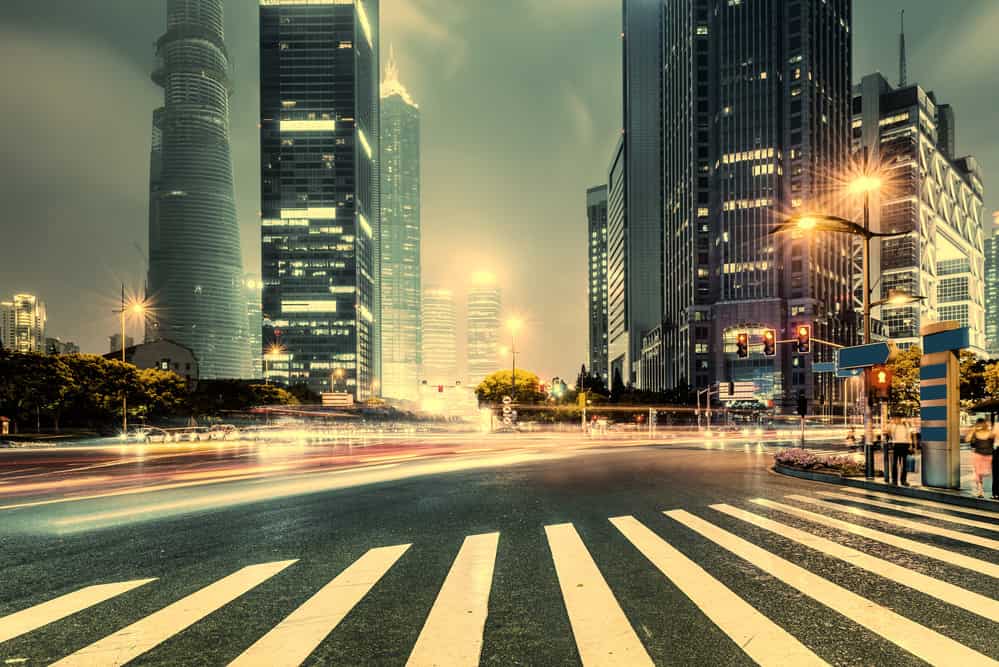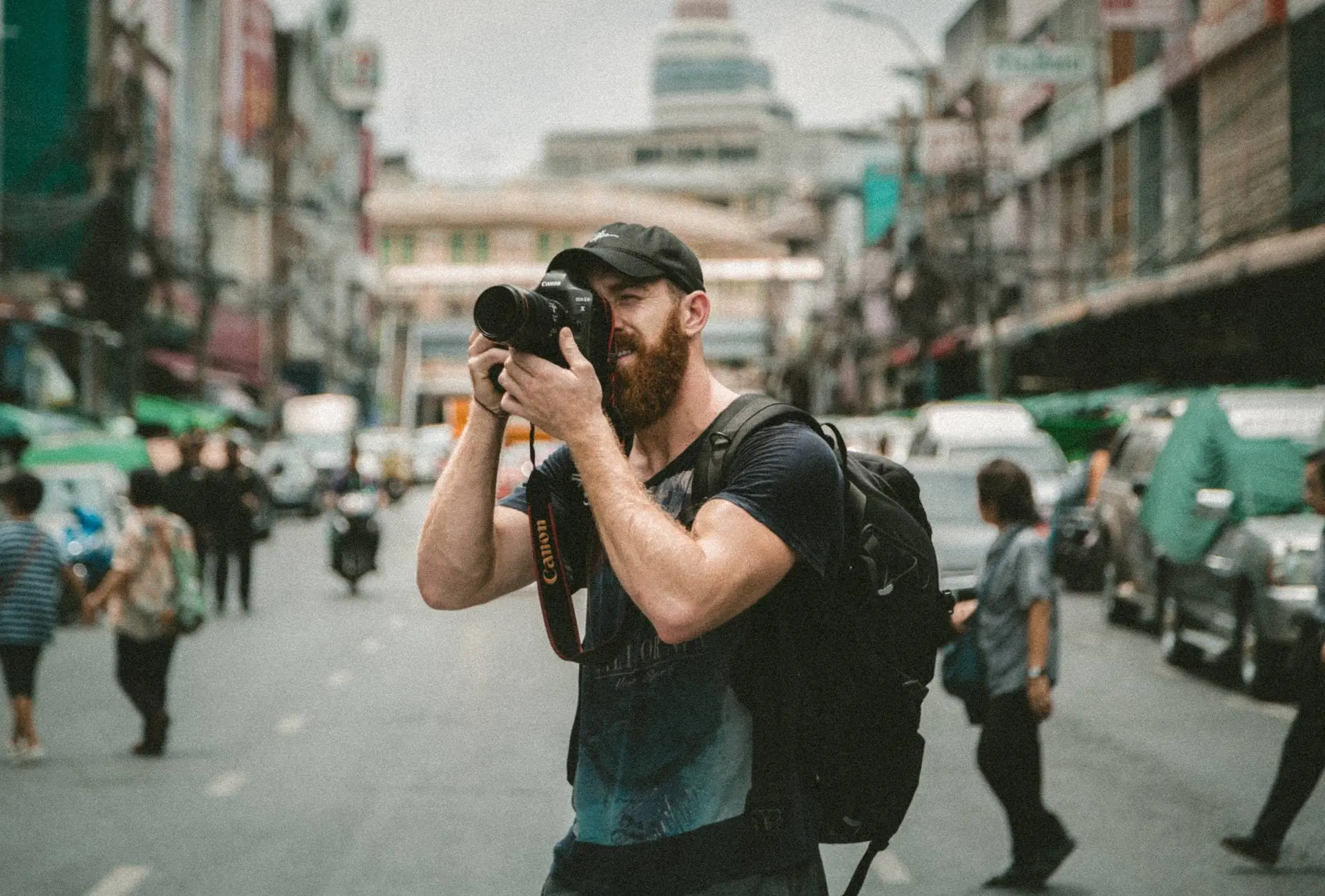“Which camera should I buy?”
I get asked that a lot.
I’m a street photographer. I’d like to share some of the key technical factors of street photography gear with you.
What is the best street photography camera?
In recent times there have been some cool micro four third cameras doing the rounds.
Micro four third cameras are mirrorless cameras having interchangeable lenses. The compact design and lightweight construction make them ideal travel companions. The top online stock photo agencies accept photos made using micro four third cameras. So that’s a big plus for those of you who have such ambitions.
Point-and-shoot cameras simply don’t qualify.
They’re not designed or built for professional photographers, are they? The most significant drawbacks are the focus areas instead of focus points (which makes it impossible to focus on small sections of the frame for example only the eyes of a person or a drop of water on a petal). There’s only so much light that a tiny lens can take in making lowlight photography almost pointless.
Well, DSLR cameras rule!
So which DSLR camera should you buy? Well, you must figure that out yourself! But let me suggest a little exercise to that will aid the decision-making process.
Make a list of the things that you want to photograph over the next two years. For example, butterflies, the Eiffel tower, breakfast, sparrows, the canals of Amsterdam, your friend’s baby, portraits of your friends, aerial views of your hometown etc.
Now let us analyze this list.
You’d need a wide-angle lens (16mm/28mm/35mm) to make the best travel photos of the Eiffel tower, the canals of Amsterdam & aerial views of your hometown, a macro lens to photograph butterflies (180mm macro) & breakfast (50mm macro), a normal lens (50mm) to make photos of your friend’s baby & portraits of your friends in general and a telephoto lens (upwards of 300mm) to photograph sparrows.

In my humble opinion, the most important piece of street photography gear is not the camera but the lens!
I insist on fast lenses having apertures of at least f/2.8. I also insist that lenses having a focal length of 300mm or more must be prime lenses. And those lenses don’t come cheap!
So I recommend that you revisit your list. Think about the things that you’re actually going to be photographing over the next two years; take your time.
When it comes to travel/street photography, I’d imagine that a fixed wide-angle (prime) lens say 35mm f/1.4 or a 16mm-35mm f/2.8 zoom lens would most often suffice.
A decade ago, I would use a telephoto lens (90mm-300mm f/3.5-5.6) almost exclusively. I was obsessed with making tightly framed portraits. Since 2008, I have not used a lens having a focal length more that 50mm.
I have come to believe that taking photos on the street/outdoors using a telephoto lens (especially anything beyond 50mm) is being disrespectful to the people being photographed. When doing street photography portraits, you really want to be using the right lens.
Now, let’s talk about street photography cameras.
I would purchase a mid-range DSLR camera and a strong lens(es) rather lousy lenses mounted to a high-end DSLR.
Also, professionals/serious amateurs do not have a right to complain about bulky/heavy cameras and lenses. Remember, you’re going for quality.
Mid-range DSLR cameras have a magnification factor of about 1.5x, so a 50mm lens mounted to one of them will not be the best choice whilst photographing the canals of Amsterdam but will help you make some cool portraits of your friends. This is where something like a 16mm-35mm f/2.8 helps.
I’m a big fan of medium format photography. I cannot afford medium format digital cameras. But time and again, I play around with my Yashica Mat 6×6 and Fuji GS645S Professional film cameras.
The size of a 35mm camera (not lens, but camera) frame is 1 inch x 1.5 inches (the most common SLR/point and shoot cameras that take in rolls of film and DSLR cameras fall in this category). Medium format films have one side fixed at 6 cm and the other can vary (for example 4.6 cm, 6 cm, 17 cm etc.) depending on the format of the camera body.
I reckon that the 6×6 format make the best portraits.
AI servo or “continuous focus”
Look for the AI servo or “continuous focus” setting in your camera; different manufactures have termed it differently. The role of AI servo or “continuous focus” is to continuously refocus the subject whilst the shutter button is half-pressed.
This setting can make all the difference when it comes to the making of photos where your primary subject is in constant motion such as your dog running towards you/a moving car/bicycle etc. But this can drain down your battery. So ensure to turn in back to “One shot” when you’re done with photographing moving subjects.
To tripod or not to tripod. That is the question.
Do you need to include a tripod in your list of street photography gear?
Let’s be honest, it’s not always possible to mount a tripod on the street; especially busy streets. Also, one can miss plenty of candid street photography moments whilst trying to get the tripod in place. But as far as possible, use a tripod for architectural photos/landscapes where the moment/the role of people is not significantly important.
Purchase a professional carry bag that’s lightweight weather resistant. Again, not expensive but think of it as a one-time investment. We love the camera bags from Nomatic – they’re water resistant, can fit a laptop, and have customizable dividers. They also sell some great camera bag accessories like battery cases, memory card cases, straps, and tech organizers.

Check out our guide on How to Create and Edit Travel Videos.
Missed the opportunity to get a great photo?
No matter how many photos you take on a trip, there’s always that one shot that you missed. For bloggers, there’s nothing worse than sitting down to publish a post about a recent trip and realize that you forget to take a specific shot of a place that you’re recommending. Luckily, when that happens, there are some great stock photography websites where you can get pretty much any photo that you’re looking for!
We also love using stock photography websites to get inspiration on possible shots in certain destinations. See below some stock inspiration for capturing Shanghai’s streets:





